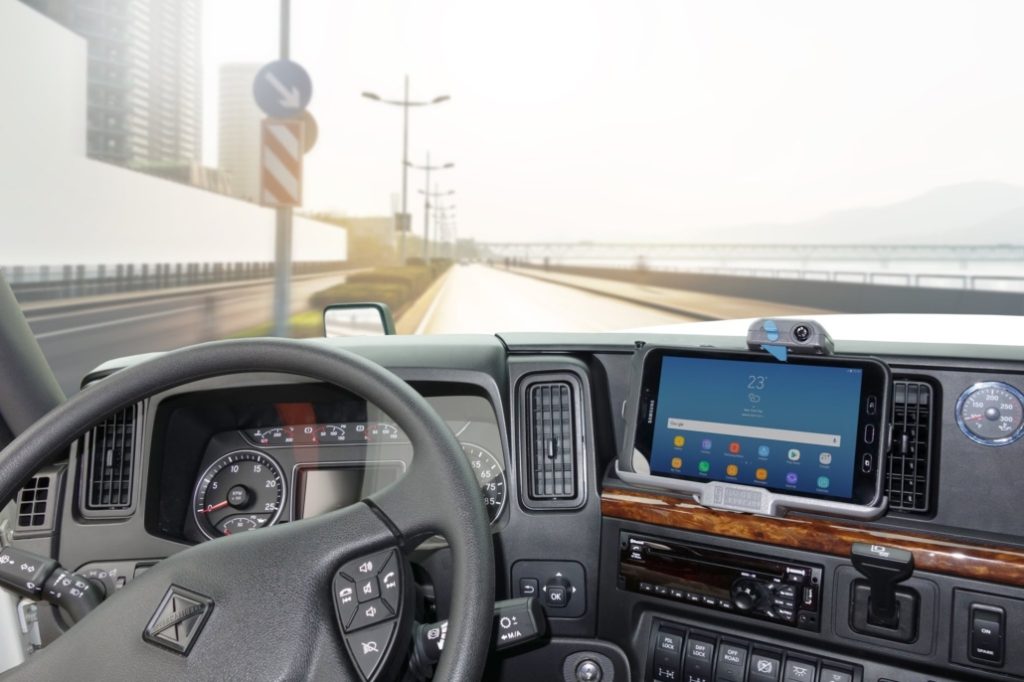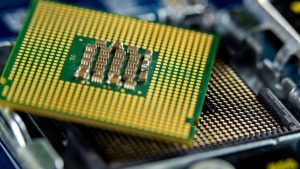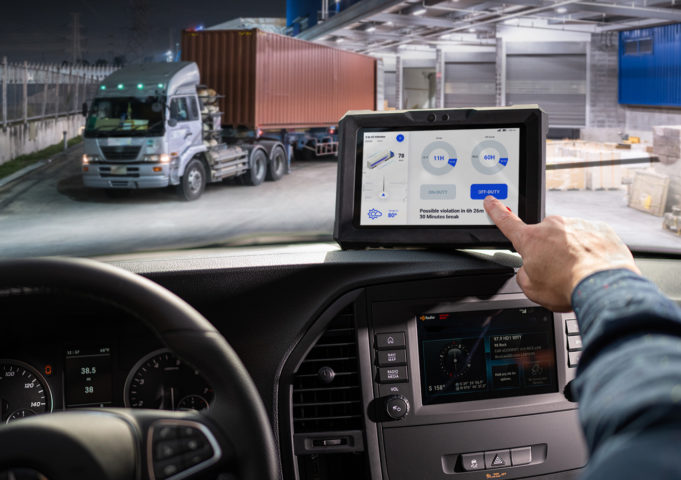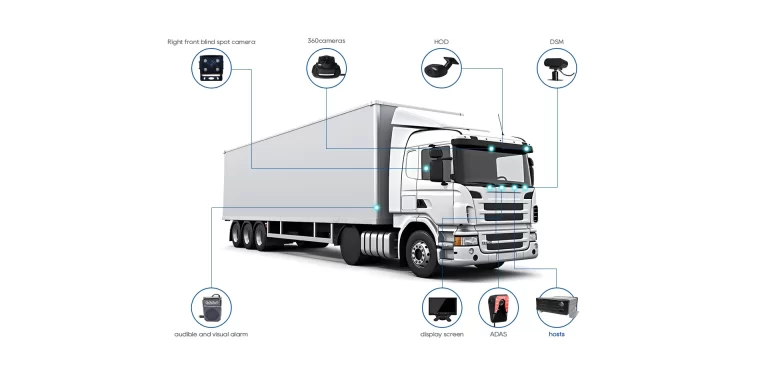In the realm of smart transportation, safety, efficiency, and passenger experience are paramount. As technology continues to evolve, Driver Monitoring Systems (DMS) have emerged as a critical component in enhancing the safety and effectiveness of transportation networks. In this article, we’ll explore the role of DMS in smart transportation and the benefits it offers to both drivers and passengers.
- Understanding DMS:
- Define what a Driver Monitoring System (DMS) is and how it works.
- Explain the various components of a DMS, including cameras, sensors, and advanced algorithms.
- Highlight the primary functions of DMS, such as driver attention monitoring, fatigue detection, distraction recognition, and behavior analysis.
- Applications in Smart Transportation:
- Enhanced Safety: Discuss how DMS technology improves road safety by continuously monitoring driver behavior and alerting drivers to potential hazards, such as drowsiness, distraction, or erratic driving.
- Accident Prevention: Explore the role of DMS in preventing accidents by providing real-time warnings and interventions to drivers when unsafe behaviors are detected, thereby reducing the risk of collisions.
- Fleet Management: Touch upon how DMS can assist fleet managers in monitoring driver performance, optimizing routes, and promoting safe driving practices across their fleet of vehicles.
- Public Transportation: Discuss the potential for DMS to be integrated into public transportation systems, such as buses and trains, to ensure the safety of passengers and operators alike.
- Ride-Sharing Services: Highlight how DMS technology can enhance the safety and security of ride-sharing services by monitoring driver behavior and ensuring compliance with safety regulations.
- Benefits to Smart Transportation:
- Improved Safety: Emphasize how DMS technology contributes to safer roads, reduced accidents, and enhanced passenger confidence in smart transportation systems.
- Enhanced Efficiency: Discuss how DMS helps optimize transportation operations by minimizing driver downtime, reducing fuel consumption, and optimizing route planning.
- Passenger Experience: Address the role of DMS in enhancing the passenger experience by providing a safer and more comfortable journey, free from the risks associated with unsafe driving behaviors.
- Regulatory Compliance: Highlight how DMS technology assists transportation companies in complying with regulatory requirements related to driver safety and monitoring.
In conclusion, DMS Driver Monitoring Systems are playing an increasingly important role in shaping the future of smart transportation. By enhancing safety, efficiency, and passenger experience, DMS technology is helping to create more sustainable and resilient transportation networks that meet the evolving needs of society. As smart transportation continues to evolve, DMS will remain a critical tool in ensuring the safety and well-being of drivers, passengers, and pedestrians alike.














